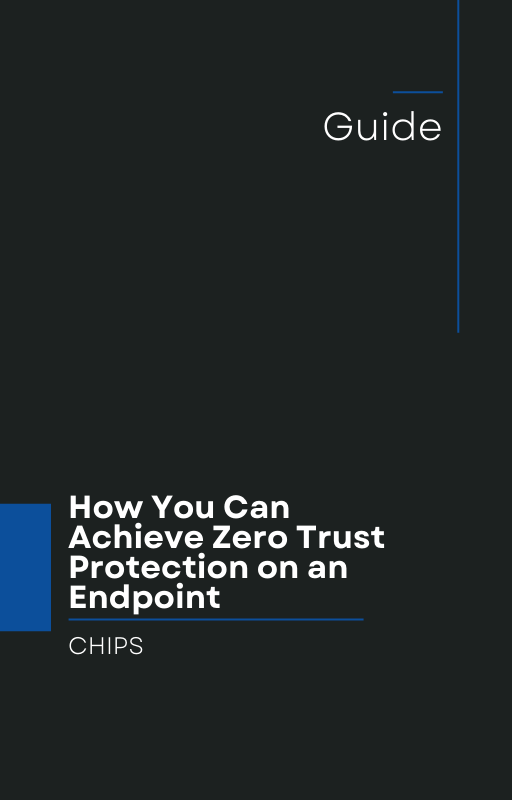Calendar invitations: part of every business’s daily rhythm. Yet, according to a recent report from Cybersecurity News, attackers are now weaponizing iCalendar (.ics) files as a sophisticated and stealthy threat vector. Cyber Security News What makes this so dangerous—and why traditional defenses are missing the mark.
How Calendar Files Became a New Attack Vector
Historically, security teams have focused on detecting threats in executable attachments or macro-enabled documents. But .ics files fly under the radar. Because they are plain-text, standardized calendar formats (RFC 5545), they’re often treated as benign and trusted. That trust is precisely what attackers exploit.
In these attacks, .ics files can contain:
-
Clickable links in the DESCRIPTION or LOCATION fields, leading to phishing pages.
-
Malware or scripts embedded in the ATTACH field—either as base64-encoded binaries or via URI references.
-
Social engineering built through ORGANIZER and ATTENDEE fields, spoofing trusted senders or authority figures.
Even more troubling: many calendar clients (like Outlook or Google Calendar) automatically process these invites. In some setups, events are added to users’ calendars even if the original email is quarantined or never opened. This “invisible click” means the malicious content persists, and reminders fire later—when users may lower their guard.
Real Attacks Are Already Underway
This isn't theoretical. Several campaigns are already exploiting this vector:
-
In early 2025, a zero-day vulnerability in Zimbra Collaboration Suite (CVE-2025-27915) was actively used by attackers. Malicious .ics attachments carried obfuscated JavaScript that executed within victims’ browser sessions. The code stole credentials, created filters to forward emails, and even exfiltrated data via Zimbra’s SOAP API.
-
Nation-state actor APT41 reportedly used Google Calendar for command-and-control. Their campaign delivered spear-phishing messages, and the actual malware fetched instructions via encrypted content hidden in calendar invites.
-
In other cases, attackers misused Microsoft Outlook’s DDE (Dynamic Data Exchange) or exploited memory-handling bugs to trigger remote code execution via specially crafted .ics files.
These aren’t just phishing nuisances—they are full-scale, persistent threats built around a file type that many security stacks don’t fully inspect.
Why Traditional Security Tools Come Up Short
Most Secure Email Gateways (SEGs) and endpoint filters are designed to detect executable malware, macro-enabled files, or archived payloads—not calendar invites. Security tools often:
-
Don’t deep-parse .ics files to examine embedded URLs or base64 attachments.
-
Treat
text/calendarMIME type as benign, passing it through without scrutiny. -
Miss the dual-delivery nature: even if the email is quarantined, the .ics invite may still populate a user’s calendar and trigger later.
On top of that, automatic processing in calendar applications enables reminders or event previews, granting attackers a second window of opportunity beyond email delivery.
What Organizations Can Do—Today
To defend against this new threat, security teams should:
-
Deep inspect .ics files - Email gateways and endpoint solutions must parse iCalendar content, scrutinize URLs, and decode base64 attachments.
-
Harden calendar client settings
-
Improve phishing and security training - Teach users to treat calendar invites with the same skepticism as email links, especially when they appear unexpectedly.
-
Leverage behavioral monitoring - Look for anomalous calendar activity or unusual event creation as indicators of compromise.
-
Adopt configuration lockdown measures for platforms like Microsoft Teams, restricting auto-join and external invites.
Why Detect-and-Respond Isn’t Enough
Even when you detect a malicious .ics file after the fact, the damage may already be done:
-
The event may be in calendars and trigger later.
-
Malicious JavaScript may have run.
-
Data may already be exfiltrated.
Relying solely on detection means you’re always playing catch-up. Attackers exploiting calendar files take advantage of timing, trust, and automation—and that calls for a fundamentally different defense model.
AppGuard: A Better Way Forward With Isolation and Containment
This is where AppGuard comes in. Instead of waiting for indicators of compromise, AppGuard isolates unknown or untrusted code and contains its actions. With over a decade of proven success protecting endpoints, AppGuard doesn’t just detect—you don’t wait for the attack to happen.
Here’s how AppGuard helps:
-
Isolation: Even if a malicious .ics file contains embedded scripts or payloads, AppGuard prevents it from executing in a way that compromises your system or data.
-
Containment: If suspicious behavior is detected, AppGuard limits its reach—preventing lateral movement or privilege escalation.
-
Proven track record: AppGuard has defended networks for 10+ years, stopping advanced persistent threats without relying on signatures.
By moving from a “detect and respond” posture to one of “isolation and containment,” you close the window of opportunity for attackers, rather than just playing defense.
Call to Action
If you’re a business owner or security leader, now is the moment to rethink how you protect your endpoints. The rise of calendar-based attacks shows that legacy defenses are no longer enough.
Talk with us at CHIPS today. Let us show you how AppGuard can defend your organization against even the most creative threat vectors—like weaponized .ics invites—by shifting your security model from reaction to proactive isolation and containment.
Protect your people, your data, and your future. Contact CHIPS now to schedule a consultation.
Like this article? Please share it with others!

November 22, 2025

Comments